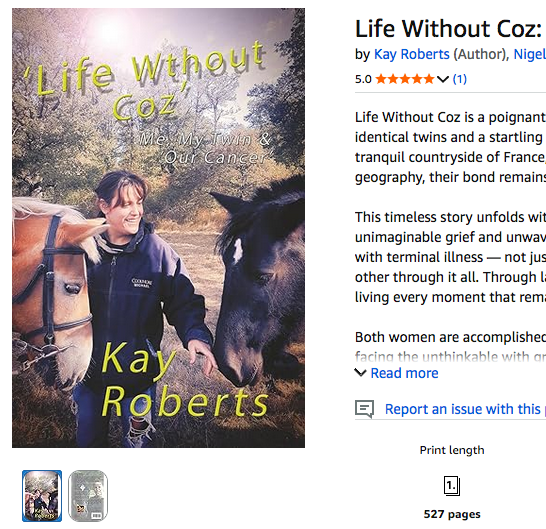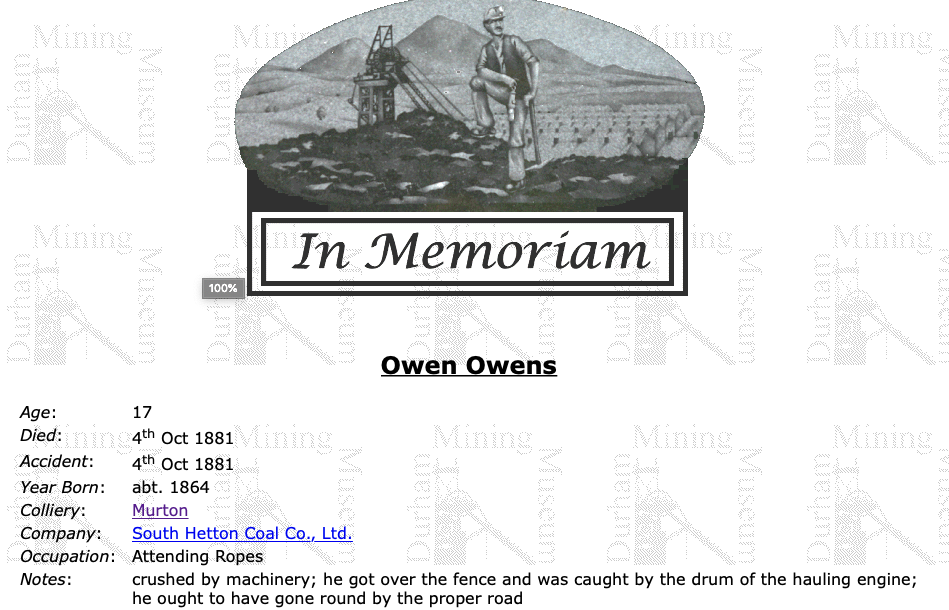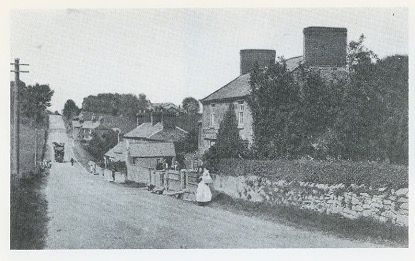You will have seen John Speed's map of Flint, including its depiction of the gallows on Flint Marsh which I published in the past few days. The map depicts a rather different world which our ancestors inhabited around 300 years ago. Today's image is of Flint Marsh, looking quite serene in the 21st Century, but in the 1740s it would have looked a rather more gruesome scene.
I was reading some articles about crime and punishment in the 18th century and found the case of Edward Ellis.
On 30th November 1741 Edward Ellis, who was a weaver in the area, was found guilty at Mold Assizes of murdering his wife Anne Ellis (born Price, but also known as Bellis) by poisoning her. Apparently he had 'persuaded' her to swallow 'Wheatflour Papes'. He was also indicted for poisoning his five-week-old daughter Jane Ellis.
The case was brought to court by Anne Ellis' parents Catherine and Ellis Price together with her brother Edward Price.
Edward Ellis pleaded 'Not Guilty' but the case was proven against him.
He was sentenced to death by hanging with the court decreeing his body to be hung in chains on Flint Marsh for all to see.
I've tried to ascertain what
Wheatflour Papes
are but have met with little success. However, it is likely that Edward Ellis knew of the effects of 'Ergots Poisoning.' I'm no micro-biologist but from reading many reports it seems that as wheat its waste products (papes?) ages, the fungus inherent within exponentially grows and so it becomes a real danger to consume.
Ergot poisoning happens when the fungus
Claviceps purpurea grows on grains such as rye and wheat, producing toxic alkaloids. Ergot can affect the nervous system, digestive system, or cardiovascular system, constricting the blood vessels. This can lead to tissue death due to a lack of oxygen. Symptoms of ergot poisoning vary but include dizziness, convulsions, psychosis and other nasty outcomes, such as gangrene - and of course consumption of the most toxic elements may lead to death.
#flint #flintshire #wheat #hanging #historical












